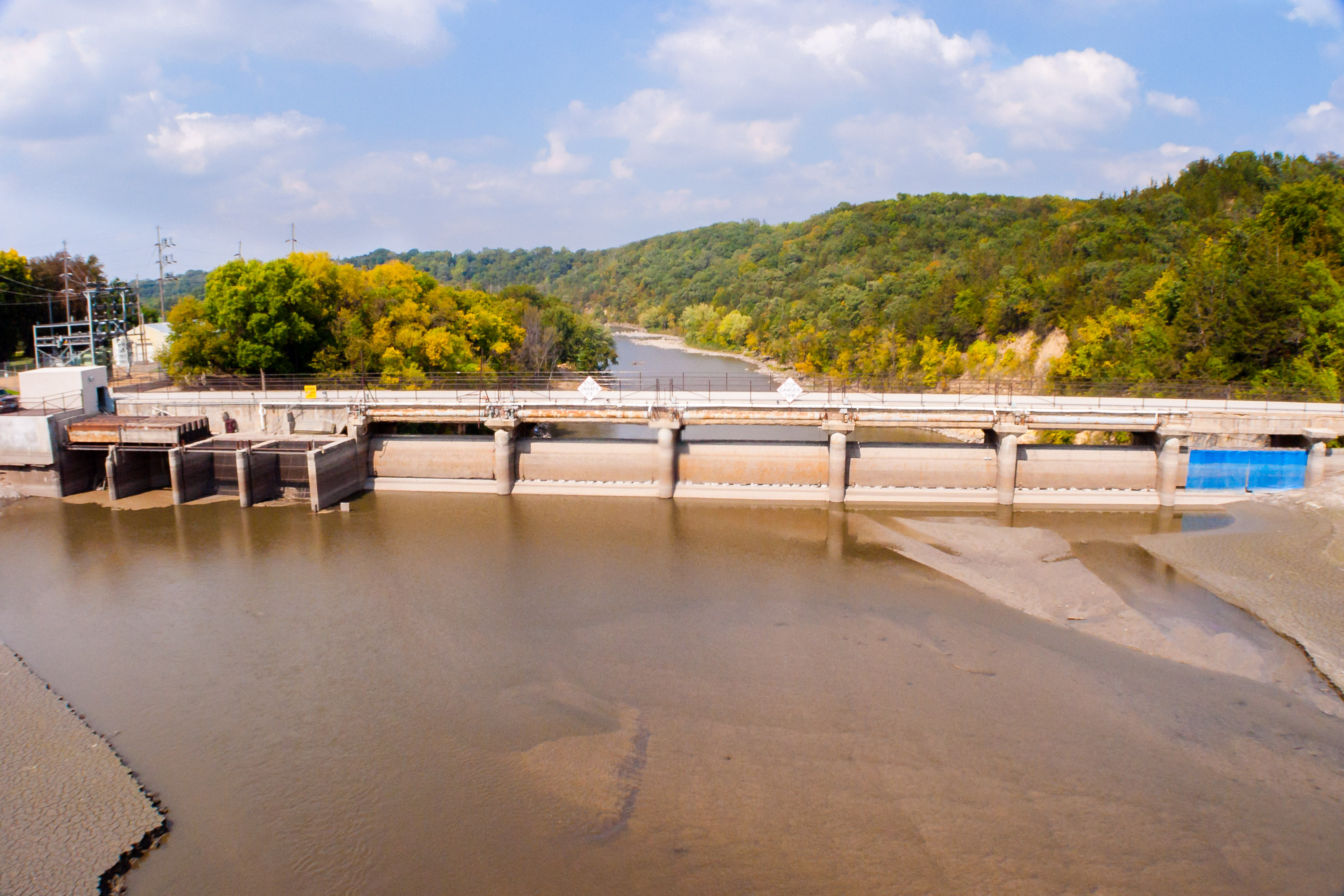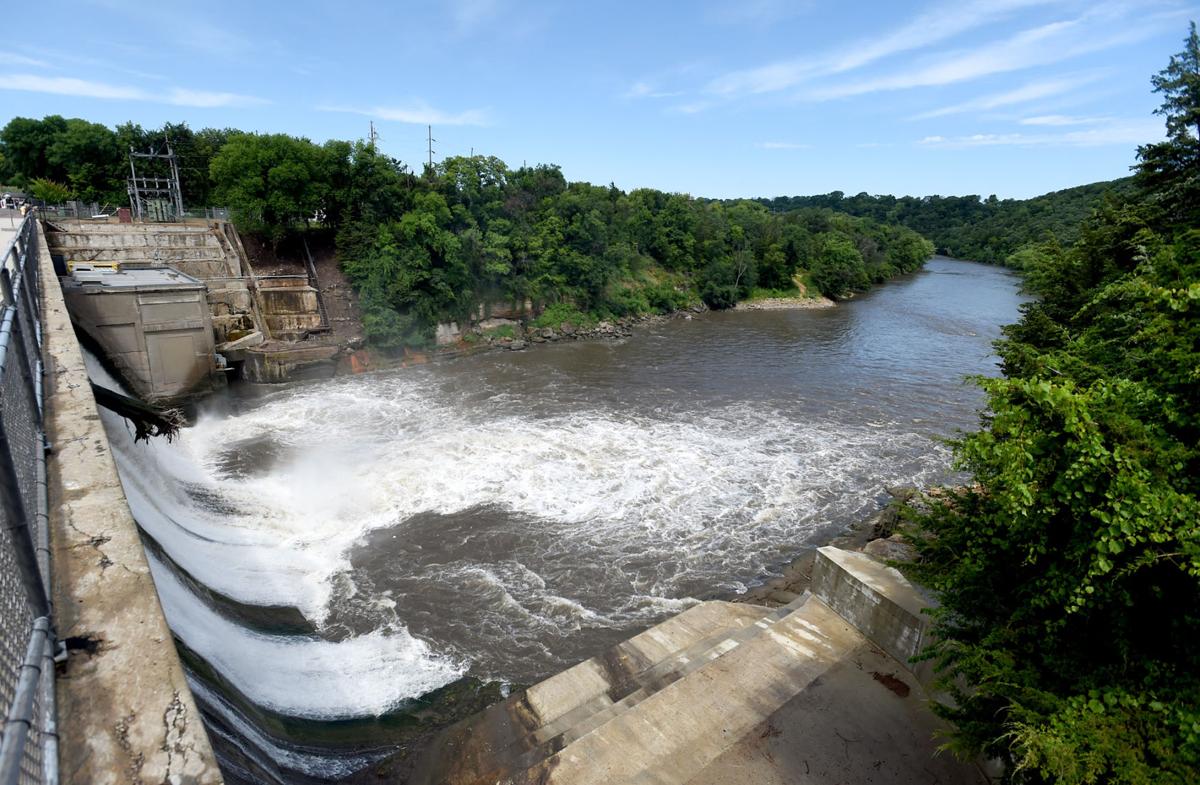Historical Context: Rapidan Dam Break

Rapidan dam break – The Rapidan Dam, a gravity dam constructed in the Blue Ridge Mountains of Virginia, witnessed a catastrophic failure on August 19, 1928. The dam’s construction began in 1910, with the primary purpose of providing hydroelectric power to the surrounding region. The dam’s design incorporated a concrete structure with a height of 84 feet and a length of 816 feet.
The torrent of the Rapidan Dam break, a devastating event that reshaped the landscape, bears a haunting parallel to the tragic Mankato Dam failure. Both catastrophes unleashed an unstoppable force, carving deep scars in the earth and forever altering the lives of those in their path.
Yet, amidst the devastation, the Rapidan Dam break stands as a poignant reminder of the resilience of nature, as new life slowly reclaims the ravaged terrain.
Despite its seemingly robust construction, the Rapidan Dam exhibited signs of distress early on. In 1914, just four years after its completion, a section of the dam’s spillway collapsed, resulting in significant water leakage. This incident raised concerns about the dam’s structural integrity, prompting investigations and repairs.
In the annals of engineering mishaps, the Rapidan Dam break stands out as a stark reminder of the catastrophic consequences of structural failure. This tragic event, echoing the devastation wrought by the Mankato Dam failure , highlights the importance of rigorous construction standards and meticulous maintenance.
The Rapidan Dam’s collapse unleashed a torrent of water that reshaped the surrounding landscape, leaving a lasting legacy of destruction.
Immediate Impact, Rapidan dam break
The failure of the Rapidan Dam on August 19, 1928, unleashed a torrent of water that devastated the surrounding area. The dam’s collapse released approximately 300 million gallons of water, creating a catastrophic flood that swept through the valleys below.
The Rapidan Dam break, a tragic event in 1965, forever etched its mark on the landscape of Minnesota. For more information on the dam’s history and location, visit rapidan dam in minnesota. The dam’s collapse unleashed a torrent of water, leaving behind a devastating trail of destruction that shaped the region’s history.
The floodwaters destroyed homes, businesses, and infrastructure, leaving a trail of destruction in their wake. Tragically, the disaster claimed the lives of over 400 people, making it one of the deadliest dam failures in American history.
Environmental and Economic Impacts

The catastrophic Rapidan Dam break had far-reaching ecological and economic consequences, leaving an enduring scar on the region.
Ecologically, the dam break unleashed a torrent of water that inundated the surrounding landscape, destroying habitats and displacing countless species. The loss of riparian vegetation, a vital source of food and shelter for local fauna, had a ripple effect throughout the ecosystem. Fish populations were decimated as their spawning grounds were washed away, while birds and other wildlife struggled to find refuge from the rising waters.
Economic Losses and Disruptions
The economic toll of the dam break was equally devastating. The flooding caused widespread damage to infrastructure, including roads, bridges, and buildings. Businesses were forced to close, and livelihoods were lost as the local economy ground to a halt. The cost of repairs and reconstruction ran into the millions of dollars, straining the resources of the region for years to come.
Long-Term Effects
The long-term effects of the dam break continue to be felt today. The altered landscape has created new challenges for wildlife, while the economic scars of the disaster have yet to fully heal. The region’s tourism industry, once a major source of revenue, has been severely impacted by the loss of natural attractions and the lingering perception of risk.
Engineering and Safety Considerations

The catastrophic failure of the Rapidan Dam exposed several engineering flaws that contributed to its collapse. These included inadequate spillway capacity, insufficient foundation stability, and poor construction practices.
Spillway Capacity
The dam’s spillway, designed to release excess water during floods, was woefully inadequate. It could only handle a fraction of the maximum flow rate that the reservoir could produce, leading to a buildup of water pressure that eventually overwhelmed the structure.
Foundation Stability
The dam was built on a weak foundation of soft rock and clay. This unstable base allowed water to seep under the structure, eroding it and weakening its support.
Construction Practices
Substandard construction methods further compromised the dam’s integrity. The use of low-quality materials and poor workmanship resulted in a structure that was vulnerable to failure.
Lessons Learned
The Rapidan Dam disaster has had a profound impact on dam safety practices. Engineers have learned the importance of:
- Providing adequate spillway capacity to handle potential floods
- Ensuring that dams are built on stable foundations
- Adhering to strict construction standards and using high-quality materials
Comparison of Engineering Specifications and Safety Measures
The following table compares the engineering specifications and safety measures of the Rapidan Dam to those of other major dams:
| Dam | Height (ft) | Spillway Capacity (cfs) | Foundation Type | Construction Year |
|---|---|---|---|---|
| Rapidan Dam | 85 | 1,500 | Soft rock and clay | 1898 |
| Hoover Dam | 726 | 200,000 | Solid rock | 1936 |
| Grand Coulee Dam | 550 | 10,000 | Solid rock | 1941 |
The catastrophic Rapidan Dam break unleashed a torrent of water that ravaged the surrounding landscape. Its impact extended far beyond the immediate vicinity, reaching as far as Mankato, Minnesota. For more information on the dam’s history and the devastating consequences of its failure, visit rapidan dam mankato mn.
The Rapidan Dam break serves as a stark reminder of the fragility of our infrastructure and the importance of maintaining its integrity.
The Rapidan Dam break, a catastrophic event that reshaped the landscape, sent a surge of water cascading through the valleys. As it coursed downstream, it carved a new path, connecting to the Minnesota River , forever altering its flow. The relentless torrent continued its destructive path, leaving behind a trail of devastation and a stark reminder of nature’s unforgiving power.